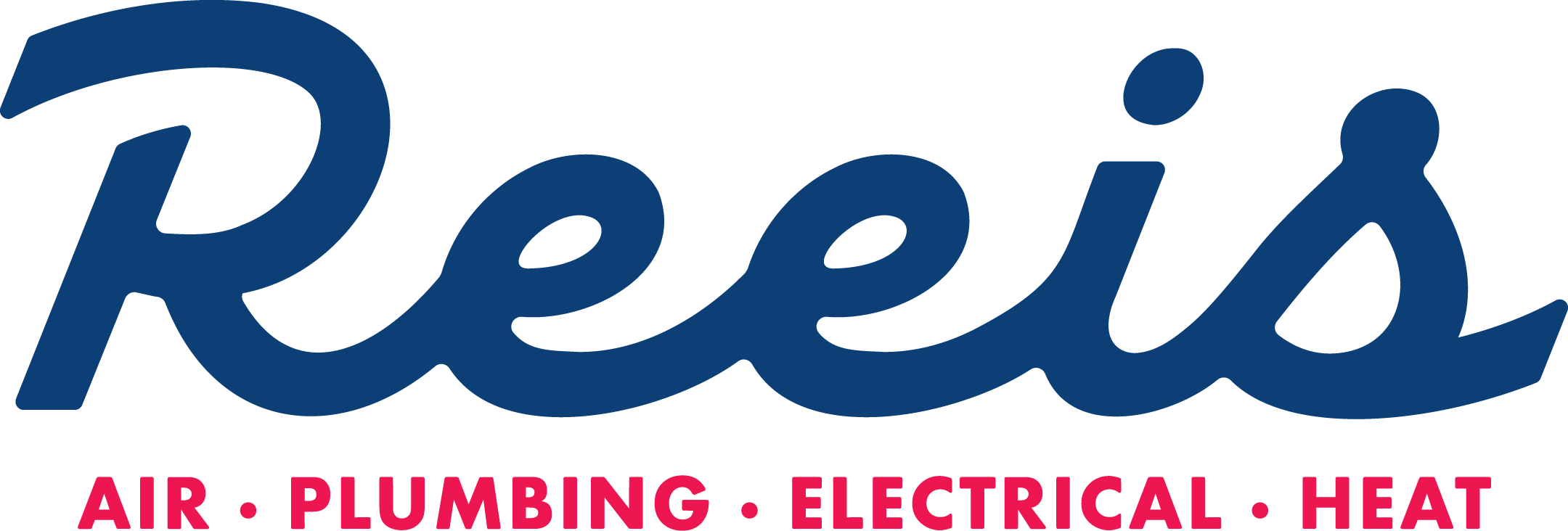Although a larger HVAC system means more heating or cooling capacity, larger isn’t always better. Instead, getting the right size HVAC system for your home in Ahwatukee, AZ, ensures that you’ll experience the best comfort for the least cost. Consider these signs that you may have the wrong size HVAC system:
Unusually Long Cycles
Your system should run periodic cycles, usually lasting about 15 minutes, for both heating and cooling. It may run these two or three times per hour when your system is working properly.
If your system is running longer cycles, especially if it seems to run constantly, it could be too small. When this happens, your home never gets to your desired temperature, but you end up paying a lot in utilities.
Short-Cycling
On the opposite end of the spectrum, an oversized system will often short-cycle. This happens when your system shuts down prematurely and restarts more frequently.
With an air conditioner, this happens because the coils freeze and the system shuts off to allow them to thaw. For a furnace, an oversized system overheats, triggering safety switches to shut the system down. Once the system’s temperature stabilizes, it restarts, only to shut down again.
Poor Home Comfort
There are several components to your home’s comfort that your HVAC system controls. First, it obviously controls the temperature. As already mentioned, systems that are too large or too small will never achieve your desired temperature.
Additionally, your system helps control distribution of your home’s temperature. Part of what a central air system does is circulate conditioned air for even heating and cooling. However, this depends on circulating air through the entire heating or cooling cycle.
If the system short cycles, it’s not enough to move what little conditioned air it produces throughout your home. For long cycles, it doesn’t matter how much air you circulate if it’s not properly conditioned.
Frequent HVAC Repairs
Each component of your system only has so many operational hours before its performance degrades or fails completely. However, that’s based on normal operating conditions. An improperly sized system causes additional strain on each component.
That additional strain reduces how long that component will operate. As for an undersized unit that runs long cycles, it simply consumes more operational hours each day. For an oversized system, it reduces the number of operational hours it’ll support.
In both cases, those components wear out more quickly, requiring more frequent heating and AC repairs. An inappropriately sized system will often lead to repairs in systems less than 10 years old.
High Utility Bills
Your utility bills give you incredible insight into how your HVAC system is running. Substantially more energy consumption after installing a new installation is a strong indicator of an improperly sized system.
For an undersized system, this happens because it’s running more cycles. However, even short cycles with oversized systems expend more energy.
The short cycles increase the number of starts the system experiences, which expend the most energy. More starts per hour means it’s driving up the average hourly consumption.
Sizing HVAC Systems
The key to avoiding all these headaches is ensuring that you get the right size. Professionally trained service technicians understand all the variables to ensure you’re getting the proper size.
The number of serviceable square feet is the starting point for sizing your system. However, stopping there means you’re likely to get an under- or oversized system.
Once you know the square feet that you’re heating or cooling, you have to translate that number into system capacity. You do this by multiplying the square feet by the appropriate number of British Thermal Units, or BTUs. In Ahwatukee, the range is generally 50-60 BTUs per square foot for air conditioning and 30-35 BTUs for heating.
However, then you have to consider additional factors to adjust that estimate up or down. This includes your home’s construction factors like roof, insulation, number of windows and ceiling height. Finally, you have to consider environmental factors like the amount of shade your home receives and the number of occupants.
Make sure you have the right size HVAC system for your home. Call to schedule your heating or air conditioning installation consultation with REEis Air Conditioning today.
Image provided by iStock









